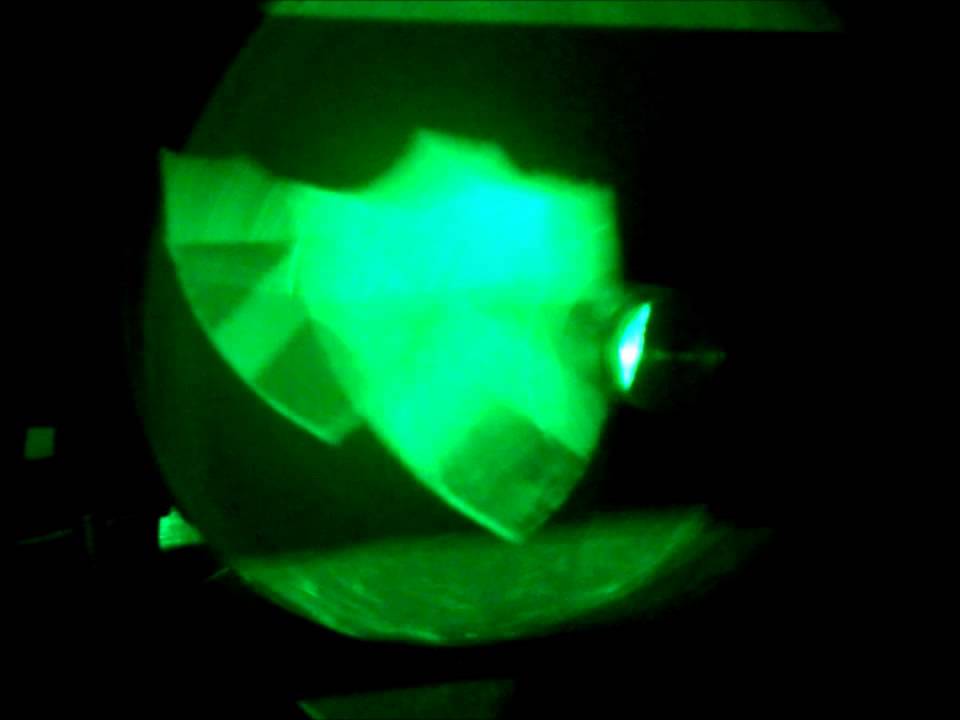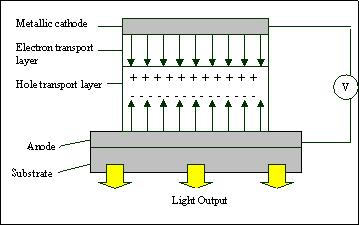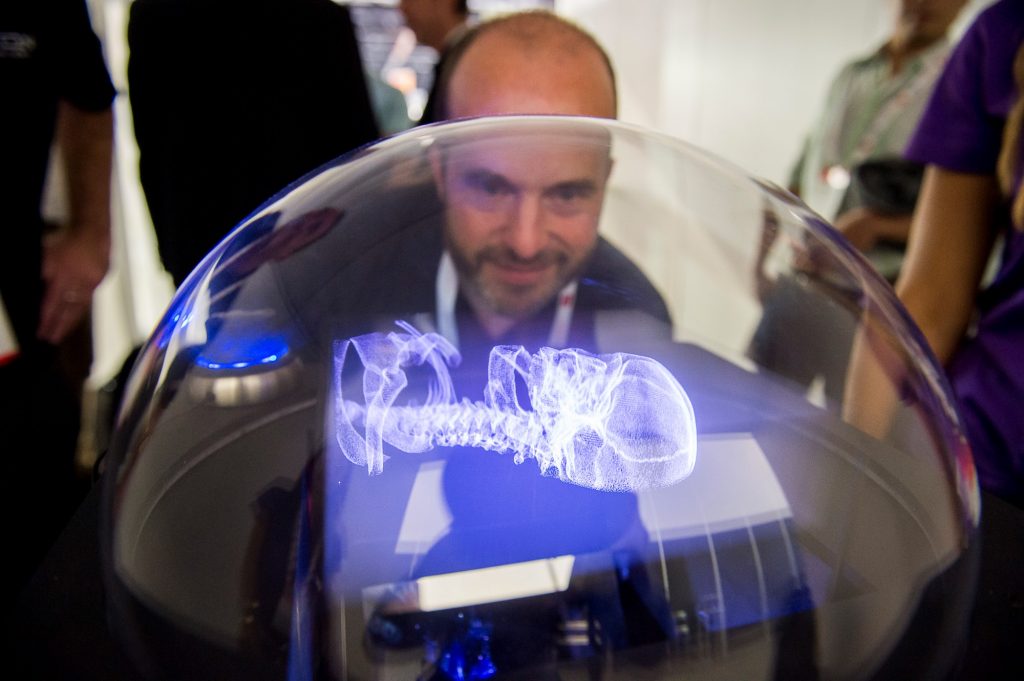The ultimate goal of visualization technology is the three-dimensional display, which can give practical tools for visualizing and understanding complex high-dimensional data and items. An ideal 3D array should act as a door to the world, allowing viewers to see the same 3D scene as if the collection were a clear window to a physical object. The 3D display device will be able to replicate the viewer’s whole visual experience completely. In other words, a tremendous 3D display should be capable of providing viewers with all depth indications.
Physical clues for spatial awareness can be obtained from traditional swept-volume screens. Nevertheless, because such performances use high-speed projections with insufficient data and resolutions, the associated texture replication is of poor quality. A display plus a graphic controller subsystem make up the structure. The projection screen is a 2D spinning panel of LEDs that generates 3D visuals using the image of an object. A raster-based changeable varifocal mirrored display model is implemented, which is incorporated into a high-speed picture computer with millions of operations per second. A loudspeaker-membrane-mirror subsystem, a suitable cold cathode fluorescent display panel, and a show processor make up the vision system. The display driver is a single wire harness that is physically inserted into the image processor’s frame.

Emissive screens produce a picture by emitting light of varying intensity and color from each sensor. Energy is converted into light via emissive arrays, and the model is obtained immediately on display. To create a three-dimensional form of organs, several 3D rendering procedures exist, such as median filter and surface drawing methods, two of the first comment techniques implemented on the heart. The surface converted the dataset into a list of triangles indicating the anatomic surface of interest, reducing the imaging volume to a more compacted collection before cover. A variation of the “marching cubes” technique may be used to produce polygons that reflect the exterior surface.

Laser light is helpful in enjoyment because its cohesive environment gives for the creation of a focused band, allowing for using scanners to draw trends or pictures on wall surfaces, roofs, or other substrates, including cinematic smoke, without the need to reorient for range distinctions, as is prevalent with video prediction. This intrinsically more concentrated beam is also highly noticeable and frequently employed as a visual effect. To make laser artworks, the rays are often tumbled to different places via reflectors.
A holographic screen is a form of screen that creates a simulated three-dimensional picture via light dispersion. Holographic projections differ from other types of 3D points in that they don’t require the use of unique spectacles or other possible choices in seeing the picture. A holographic display is one that creates a three-dimensional (3D) picture in space using light energy, such as that produced by a laser.

Light Field Displays (LFDs) function radially cut the visual volume, similar to a cake. Volumetric projections, on the other hand, slice the book like a loaf of bread. LFDs generally feature a one-degree horizontal gap between segments. Volumetric displays provide three-dimensional graphical images of things with a nearly 360-degree circular viewing angle that varies as the observer walks around. There are two types of accurate volume screens: wide volume screens and static volume exhibits.

Works Cited
Adam Savage’s Tested. “Looking Glass Pro Holographic Display!” YouTube, uploaded by Adam Savage’s Tested, Web.
Bereket Abraham. “Swept-Volume 3D Display.”YouTube, uploaded by Bereket Abraham, Web.
The Department of Chemistry. “Emissive Displays.”The Department of Chemistry, 2022, Web.
Wikiwand. “Volumetric Display.”Wikiwand, 2022, Web.